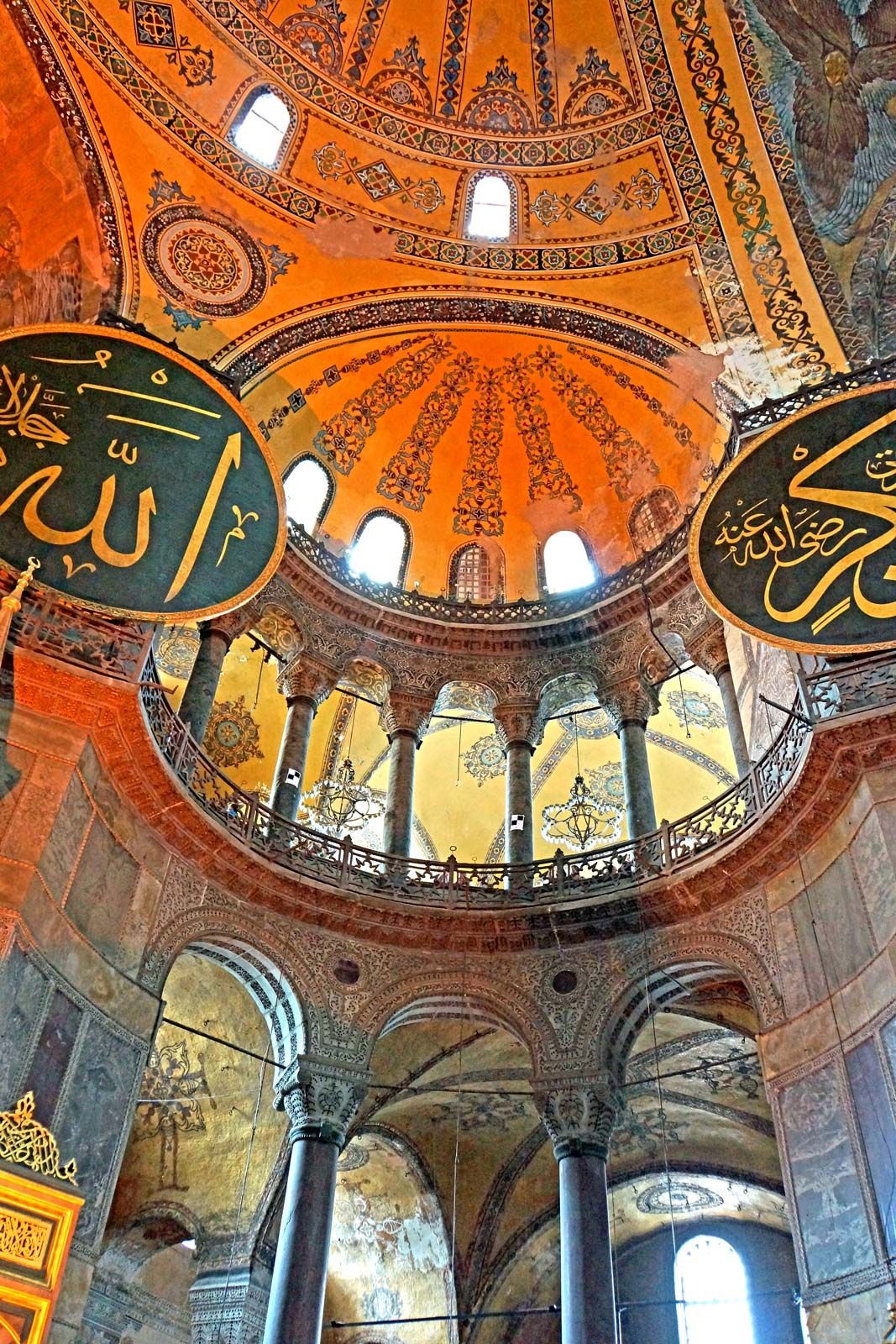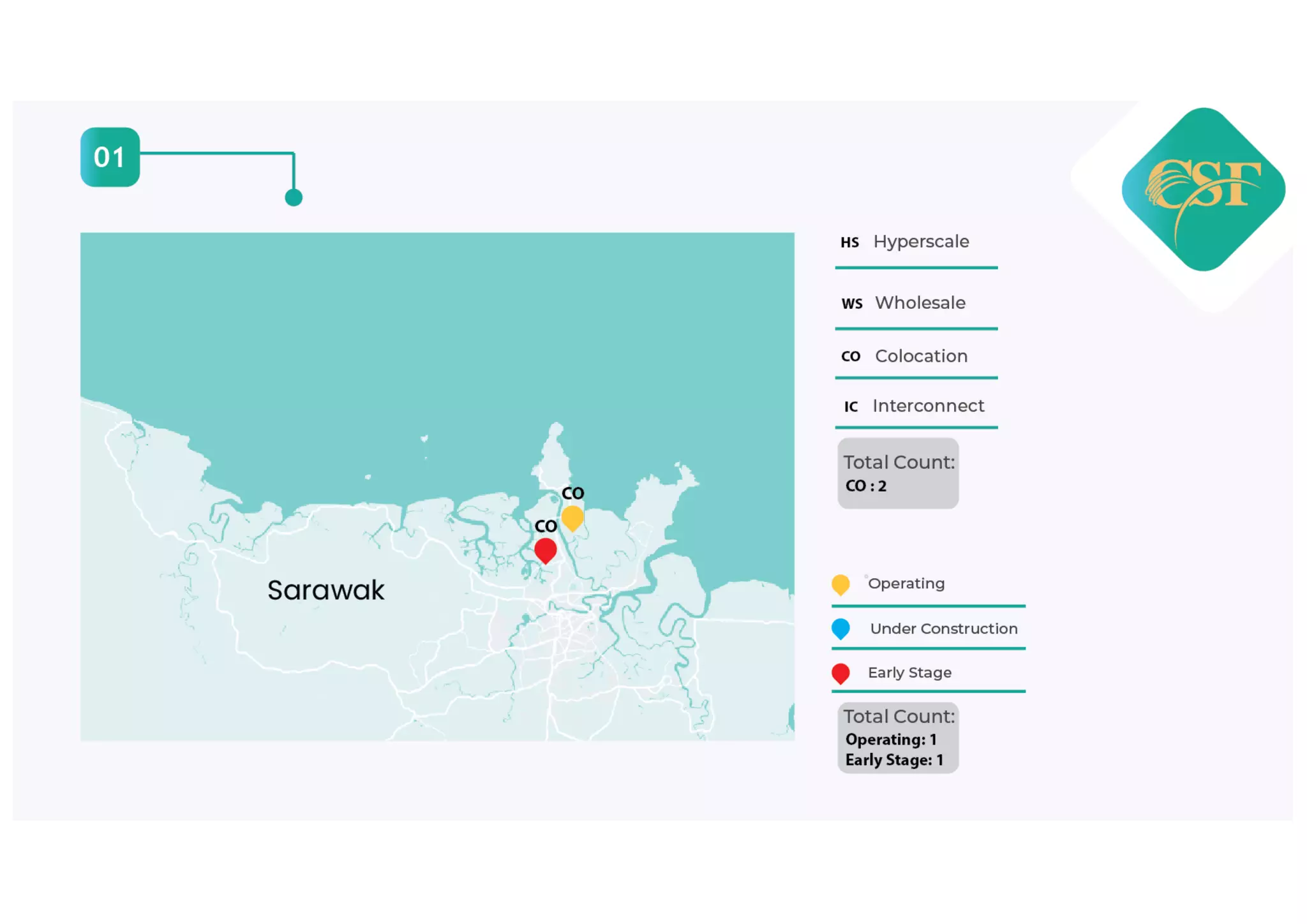The Hagia Sophia: 1600 Years Of History And Resilience

Table of Contents
From Byzantine Glory to Ottoman Majesty: The Hagia Sophia's Architectural Marvel
The Hagia Sophia's story begins in the 6th century CE under the reign of the Byzantine Emperor Justinian I. His ambition to create the most magnificent cathedral in the world led to the construction of this architectural marvel, a feat of engineering unparalleled for its time. Byzantine architecture reached its zenith with the Hagia Sophia. The architects, Anthemius of Tralles and Isidore of Miletus, employed innovative techniques, including the use of pendentives—curved triangular sections of masonry—to support the massive dome, a feat of structural genius that redefined the possibilities of dome construction.
The interior design was equally breathtaking. The Hagia Sophia's mosaics, a dazzling display of Byzantine artistry, depicted biblical scenes and imperial portraits. These, along with the intricate marble columns and opulent decorations, created an awe-inspiring atmosphere.
- Key Architects: Anthemius of Tralles and Isidore of Miletus played pivotal roles in the Hagia Sophia's construction, showcasing the incredible engineering prowess of the Byzantine era.
- Grand Scale: The sheer size and grandeur of the Hagia Sophia were unprecedented for its time, symbolizing the power and wealth of the Byzantine Empire. Its massive dome, a true marvel of Hagia Sophia architecture, remains a defining feature.
- Dome's Impact: The Hagia Sophia's dome significantly influenced architectural design for centuries, inspiring countless imitations and innovations.
Centuries later, under the Ottoman Empire, the Hagia Sophia underwent a significant transformation. Following the conquest of Constantinople by Sultan Mehmed II in 1453, the cathedral was converted into a mosque. This conversion brought about significant architectural modifications, most notably the addition of four minarets, slender towers from which the call to prayer (adhan) is traditionally broadcast. Islamic calligraphy and other decorative elements were added to the interior, reflecting the shift in its religious function.
- Interior and Exterior Changes: The Ottoman modifications were respectful of the existing structure while adding Islamic architectural elements.
- Islamic Art Integration: The calligraphy and other Islamic art forms integrated into the Hagia Sophia added another layer of rich cultural and historical significance.
- Cultural Significance Shift: The conversion reflected the changing power dynamics and the blending of Byzantine and Ottoman cultures.
A Symbol of Shifting Power Dynamics: Hagia Sophia Through the Ages
The Hagia Sophia's history is intertwined with the rise and fall of empires. For nearly a thousand years, it served as the focal point of the Byzantine Empire, a center of religious and political power. Its vast interior hosted elaborate ceremonies, and its walls witnessed pivotal moments in Byzantine history. The Hagia Sophia history is rich with such moments.
With the Ottoman conquest, the Hagia Sophia became a symbol of the new ruling power. Under Ottoman rule, it served as the principal mosque of the city, a testament to the Ottoman Empire's might. The building's role as a religious and cultural center continued throughout the Ottoman period.
- Major Historical Events: The Hagia Sophia has weathered sieges, conquests, and revolutions, becoming a silent observer of significant historical events.
- Key Figures: From Byzantine emperors to Ottoman sultans, numerous historical figures have been associated with the Hagia Sophia throughout its existence.
- Museum and Mosque: Its transformation from a mosque to a museum in the 20th century, and its subsequent reconversion to a mosque, highlights the Hagia Sophia's ongoing role in Turkey's cultural and political landscape.
The Hagia Sophia's Resilience: Surviving Earthquakes, Wars, and Transformations
The Hagia Sophia's journey hasn't been without challenges. Over the centuries, it has faced numerous earthquakes, wars, and fires, resulting in significant damage and requiring extensive restoration efforts. Despite these trials, the Hagia Sophia has consistently demonstrated its incredible resilience, standing as a powerful symbol of endurance. The Hagia Sophia restoration has been a continuous process throughout its history.
- Historical Damage: Earthquakes, particularly those in the 14th and 16th centuries, inflicted significant damage on the structure.
- Restoration Techniques: Various restoration techniques have been employed throughout history to preserve the Hagia Sophia, reflecting evolving engineering and architectural practices.
- Preservation Efforts: Ongoing preservation efforts are dedicated to safeguarding this magnificent structure for future generations, ensuring that the Hagia Sophia's legacy continues.
Conclusion: A Timeless Testament: The Hagia Sophia's Enduring Significance
The Hagia Sophia stands as a timeless testament to architectural ingenuity, religious tolerance, and the enduring strength of the human spirit. Its journey through 1600 years of history showcases its incredible resilience and its enduring impact on art, architecture, and religion. From its Byzantine origins to its Ottoman transformation and its modern existence, the Hagia Sophia remains a powerful symbol, reflecting the complexities and dynamism of human civilization. Explore the Hagia Sophia's rich history—discover the Hagia Sophia's resilience and its breathtaking architectural marvels. Learn more about this remarkable landmark through further research, and if possible, a visit to witness its splendor firsthand. Discover the Hagia Sophia—a truly awe-inspiring testament to human achievement.

Featured Posts
-
 Klares 6 0 Lask Gewinnt Qualifikationsgruppe Nach Sieg Gegen Klagenfurt
Apr 29, 2025
Klares 6 0 Lask Gewinnt Qualifikationsgruppe Nach Sieg Gegen Klagenfurt
Apr 29, 2025 -
 Negeri Sembilans Emerging Role In Malaysias Data Center Landscape
Apr 29, 2025
Negeri Sembilans Emerging Role In Malaysias Data Center Landscape
Apr 29, 2025 -
 Unlock The Nyt Spelling Bee March 13 2025 Pangram And Answers
Apr 29, 2025
Unlock The Nyt Spelling Bee March 13 2025 Pangram And Answers
Apr 29, 2025 -
 Schumer Stays Put No Plans To Pass The Torch Says Senate Majority Leader
Apr 29, 2025
Schumer Stays Put No Plans To Pass The Torch Says Senate Majority Leader
Apr 29, 2025 -
 Ecb Lingering Pandemic Fiscal Support Fuels Inflation
Apr 29, 2025
Ecb Lingering Pandemic Fiscal Support Fuels Inflation
Apr 29, 2025
